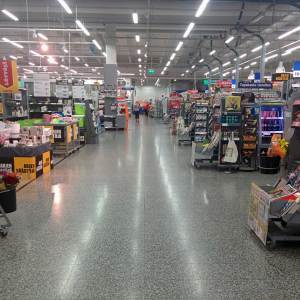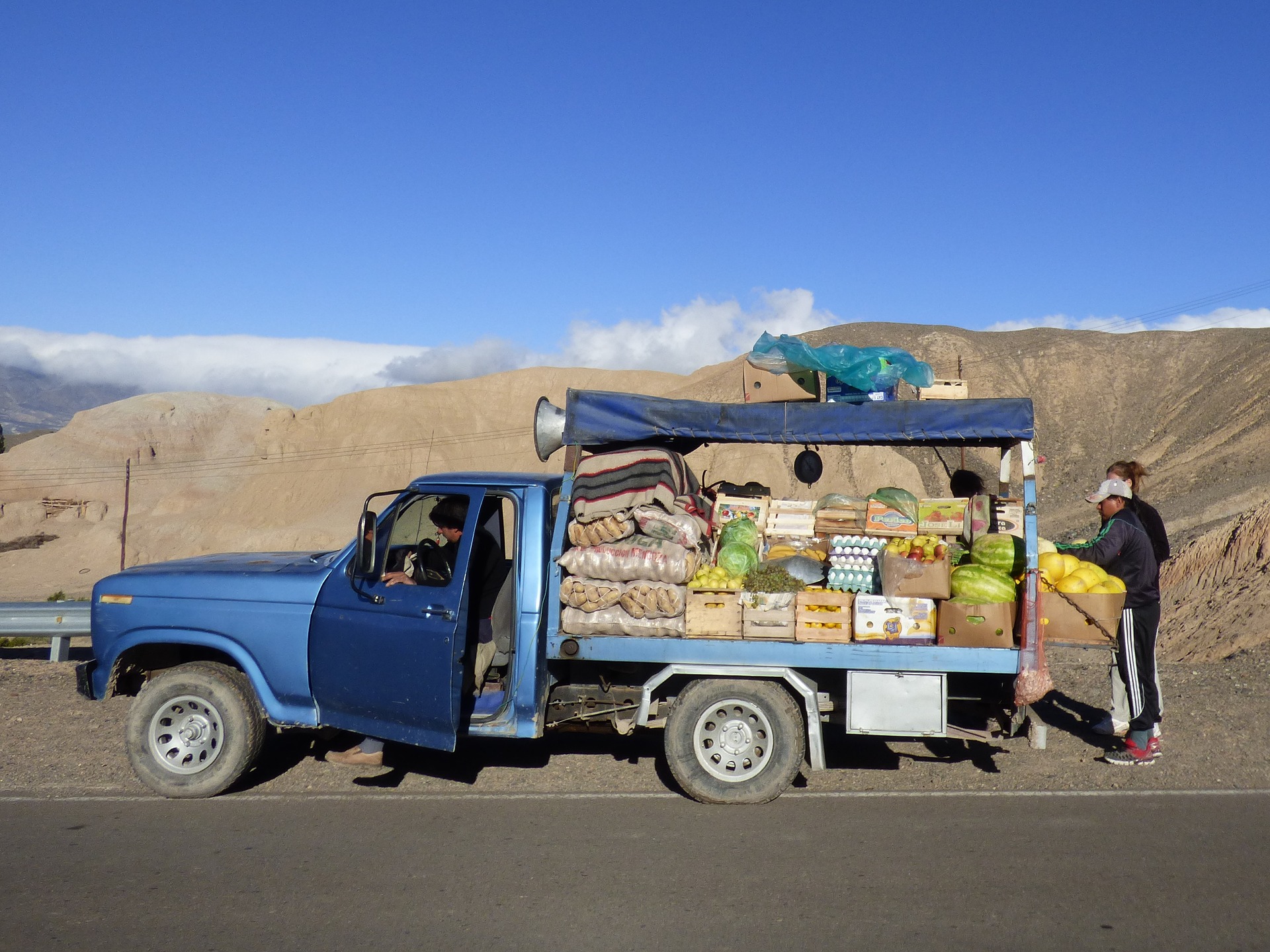The shift to thin freight flows in autonomous vehicles will overturn many current business paradigms. An early victim of driverless vans will be the supermarket.
In the past 100 years, supermarkets and hypermarkets have reshaped consumption by households who live far from the sources of their produce and products.
Supermarket logistics exploit the productivity of thick freight flows. Items cost less to transport from warehousing to retail outlets when they are moved in large volumes. Consumers themselves handle the final distribution stage.
But average household size has been shrinking. For many consumers the big-box era is already over. The convenience of small-scale or online shopping outweighs its cost.
The main cost element is delivery, either to local stores or the customer’s home, and what makes it expensive is the driver, who needs wages, benefits, rest and recreation.
A driverless van will have cheaper running costs and can be kept in operation 24/7, reducing its capital costs too. As the cost barriers to individualised distribution disappear, supermarkets will become uncompetitive.
Oversized overheads
The aggregation of goods in the supermarket distribution model has imposed costs of its own. By trimming mark-ups, local stores and home deliveries will gain the upper hand.
About a fifth of fresh produce is wasted because of spoilage, or thrown away because it appears blemished. Popular niche products like berries have even shorter shelf lives. To pay for this, supermarkets mark-up produce by 50-70%.
Meat also has a brief shelf life and requires constant refrigeration. Its mark-up is 30-50%. Prepared foods are expensive to make in situ, hence the mark-up of 40%.
Supplies from farm to table, direct or via food processors or order consolidators, will avoid many of the overheads of supermarkets. The savings will easily cover the small costs of autonomous transport.
Secure reception facilities, allowing delivery to empty homes, will require only a one-time investment, and this cost will fall as designs are harmonised. Soon the product vault will be a normal home fitting.
The shift to home delivery will spread beyond perishable goods. Mark-ups on canned and packaged goods and non-food items are smaller but supermarkets boost their profitability in these products by delaying payment to suppliers.
Payment times run up to 90 days. Some chains even have pay-on-scan terms, where the payment period for the supplier of the item does not begin until some shopper has purchased it. In times of normal interest rates, this is a financing charge that producers must bear.
As customers become accustomed to ordering home delivery of food, producers of non-comestibles who join in will be able to offer lower prices.
The supermarket business will thus face erosion from both sides, their suppliers as well as their customers.
Taking out the middleman
Supermarkets will obviously seek to adapt but face an inevitable decline in their significance to national economies, as monopsony gateways to customers and sources of employment.
Where farms, processors and manufacturers are too distant or small to supply customers direct, supermarket organisations can be refocused. However, importing and order consolidation are mainly electronic and mechanical processes. They will not require a large staff, spacious sales premises and a parking hall or lot.
Without great daily sales, supermarkets will become a poorer venue for showcasing new goods and brands. Marketing will devolve to producers.
Supermarkets are already expanding their delivery fleets but large-scale local distribution will be a business that attracts others, too. Competition from freight companies will be fierce.
The rise of discount chains shows the primacy of price, surpassing brand loyalty. As price continues to shape shopping preferences, the discount chains themselves will be only an intermediate phase.
When autonomous vans become operational,* the entire commerce sector faces downsizing.
With thanks to Ian Barnett of IB Research
_______
* Humphreys, Pat. Mobility 2020. Nordic Communications Corporation, 2016.
